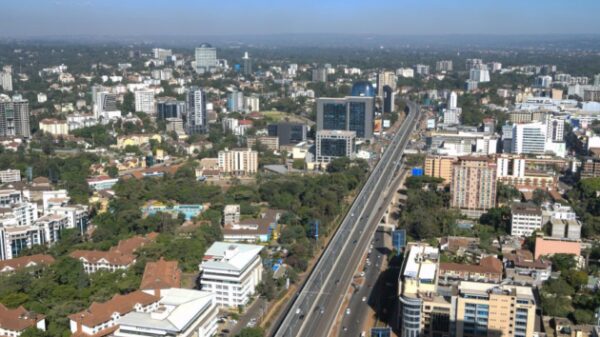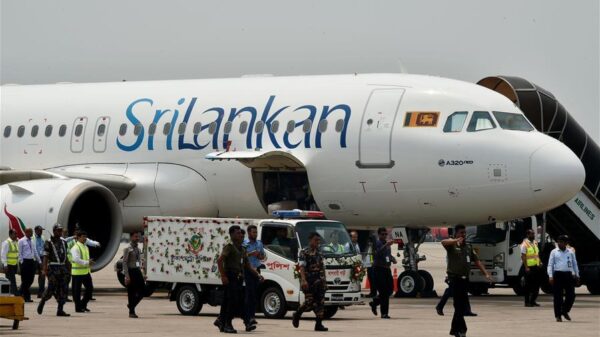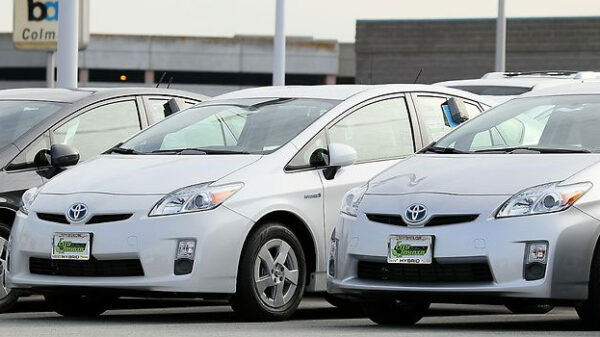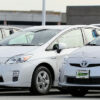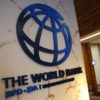NAIROBI, Kenya, June 1 – The Kenya National Bureau of Statistics (KNBS) has reported a slight decline in the country’s annual inflation rate, which eased to 3.8 percent in May 2025, down from 4.1 percent recorded in April.
Despite this marginal drop, Kenyans continue to feel the pinch of rising food costs, which remain a major driver of inflationary pressure.
Data from KNBS shows that the Consumer Price Index (CPI) a key measure that tracks the cost of a basket of goods and services rose from 144.09 in April to 144.88 in May, reflecting a monthly inflation rate of 0.5 percent.
“The overall inflation was primarily driven by increases in the prices of items under Food and Non-Alcoholic Beverages (6.3%), Transport (2.3%), and Housing, Water, Electricity, Gas and Other Fuels (0.8%) over the one-year period,” the bureau noted.
These categories account for more than 57 percent of total consumer spending across 13 major expenditure divisions.
The food and beverage sector saw a 1.2 percent month-on-month increase, largely due to price hikes in staple commodities.
For instance, the price of sugar jumped by 4.3 percent, sifted maize flour rose by 3.9 percent, and sukuma wiki (kale) increased by 3.5 percent.
However, a few items registered price drops. Irish potatoes fell by 3.7 percent, oranges by 1.8 percent, and fresh packeted cow milk by 0.6 percent.
In the transport sector, prices went up by 0.2 percent, driven mainly by higher international airfare, while petrol and diesel prices remained stable during the same period.
Housing and utility costs recorded only minor fluctuations.
The cost of electricity decreased, with the price of 50 kWh and 200 kWh units dropping by 1.0 percent and 0.9 percent, respectively.
The price of liquefied petroleum gas (LPG) also declined slightly, by 0.5 percent.
Although the easing inflation rate may offer some macroeconomic relief, many households especially low-income earners continue to grapple with high food and transport costs, which take up a significant portion of their daily expenditure.
KNBS is expected to release additional quarterly data in July, which will provide a fuller picture of the inflation trends and their impact on consumer purchasing power.


